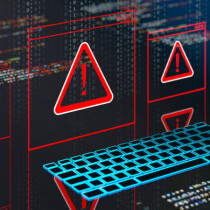Spyware in VirtuaGirl could be setting off firewall intrusion alerts
Kieren McCarthy, writing for the Register, reports about the two-inch-high lady dancing on your PC for people who downloaded and installed VirtualGirl. The software does install a little bit of spyware on your PC.



































































